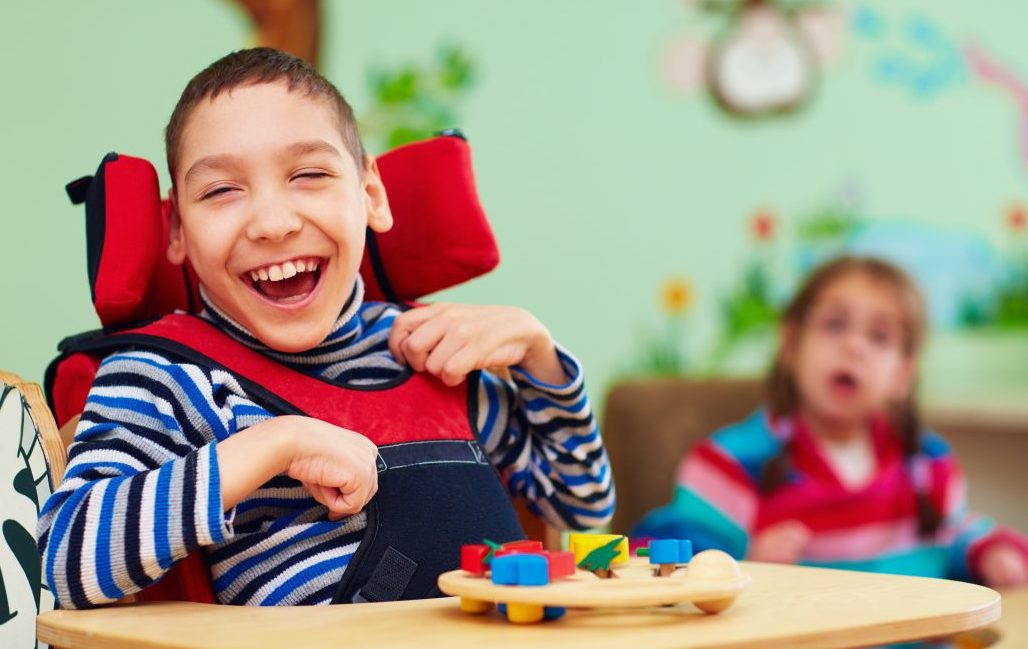
Contracture Deformities
What are contractures?
A muscle contracture, or contracture deformity, is the result of stiffness or constriction in the connective tissues of the body. This can occur in:
- Muscles, (including tendons & ligaments). A muscle contracture involves the shortening and tightening of the muscles.
- Joints. If there’s contracture in the joint capsule where two or more bones connect, your child will experience limited range of motion in that area of your body.
- Skin. Skin may contract where it’s been scarred from an injury, burn, or past surgery. This will limit your child’s ability to move that part of your body.
Signs of contracture deformity
Contracture deformity restricts normal movement. It develops when the usually pliable connective tissues become less flexible. This means that range of motion will be limited and your child may have difficulty moving one or several parts of their body. Typical areas of contractures we see in babies and children are:
- The neck (if they have a preference to tilt or turn their head to one side)
- Elbows, wrists, fingers & thumbs
- Knees & ankles
The main symptom of contracture deformity is reduced ability to move an area of the body. Your child might also have pain, depending on the location and cause of the problem.
Common causes of contracture deformity
The most common causes of contracture are inactivity and scarring from an injury, surgery or burns. Children who have other conditions that keep them from moving around are also at higher risk for contracture deformity.
For example, children that have had a significant amount of time unwell and immobile following injury or illness, or following a long hospital stay are at risk of developing contractures. Since they aren’t moving their muscles and joints through their normal range of motion, these tissues are prime candidates for tightening.
Other causes include conditions that are inherited or that develop in early childhood, such as:
- Muscular dystrophy. Children with this condition often experience muscle tightness because significantly weak muscles impair their ability to move.
- Cerebral palsy (CP). This condition causes muscle tightness and limits movement.
- Arthrogryposis. Children with this condition are born with/develop joint stiffness with flexed or straight joints (predominantly elbows and knees).
- Juvenile Rheumatoid Arthritis (JIA) or other inflammatory conditions often cause stiffness in joints as a result of inflammation, pain and avoiding movement.
When to seek help
If your child gets burned or injured, seek immediate medical assistance. Call your healthcare provider if their ability to move the affected part of their body is suddenly limited.
Seek treatment for chronic diseases and underlying conditions as mentioned previously as early treatment can help decrease or prevent symptoms.
Physiotherapy
Physiotherapy is the most common treatment for contractures. We are experts in treating children with contractures. We provide thorough assessments and hands-on therapy to improve your child’s mobility as well as increase range of motion in muscles and joints and strengthen muscles by devising a programme of exercises that you can do at home with your child. We are also able to advise on walking aids (such as a walking frame or walking sticks) if needed.
Other treatments
- Your child may need to wear a cast or splint to help stretch the tissues near the problem area.
- Surgery may be indicated to release severe contractures and lengthen muscles which aims to increase range of movement and/or decrease pain.
- Surgery may also be needed to repair ligaments, tendons, or bones damaged in an accident.
- Your child’s Doctor may prescribe medication to reduce inflammation, pain or decrease muscle spasms.
- For children with cerebral palsy (or other conditions causing spasticity), botulinum toxin (Botox) is sometimes injected into muscles to reduce tension and minimize muscle spasms.
Consequences of delaying treatment
Delaying or declining treatment may make it difficult or impossible for your child to regain range of motion. Stiff muscles, joints, and skin can interfere with performing everyday tasks at home and at school as well as play.
For children with diseases such as cerebral palsy, muscular dystrophy, and JIA (to name a few), continual medical care is recommended to maximize available treatment options and their benefits.
If your child has been in the hospital for a long period or has been injured, it’s especially important to tell your healthcare provider about any stiffness or loss of movement they may have.
Preventing contracture deformity
Regular exercise and an active lifestyle can help prevent muscle and joint stiffness. If you are unsure about any of the information provided here or think your child may be developing joint or muscle stiffness then please do contact us and we will be happy to advise!

